Home>Gardening & Outdoor>Plant Care & Gardening Tips>What Plant Did Native Americans Use To Heal Poison Ivy?
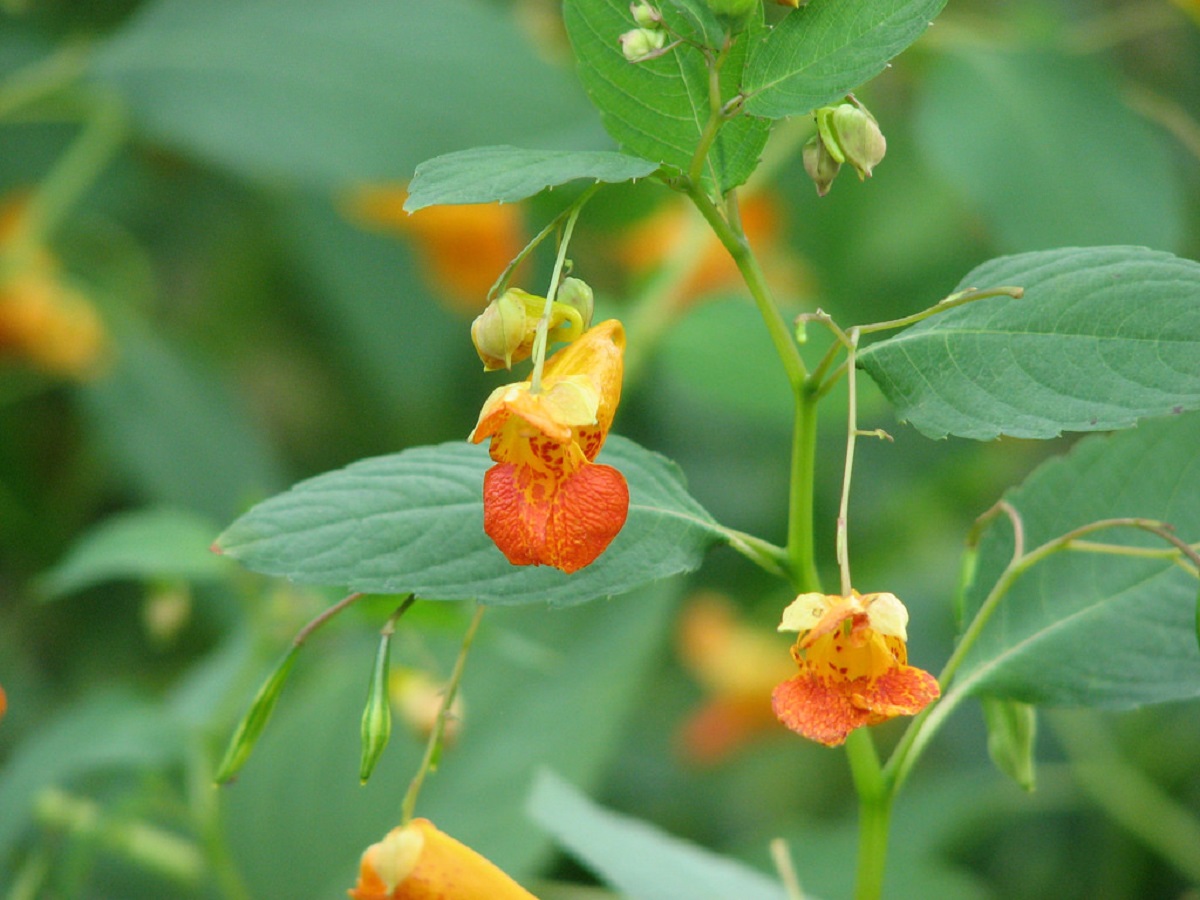

Plant Care & Gardening Tips
What Plant Did Native Americans Use To Heal Poison Ivy?
Published: December 25, 2023
Discover the plant Native Americans used to heal poison ivy and learn valuable plant care and gardening tips. Unlock the secrets of natural remedies and expert gardening advice.
(Many of the links in this article redirect to a specific reviewed product. Your purchase of these products through affiliate links helps to generate commission for Storables.com, at no extra cost. Learn more)
**
Introduction
**
Poison ivy, with its notorious ability to cause itchy rashes and discomfort, has long plagued outdoor enthusiasts and nature lovers. However, for Native Americans, this pesky plant was not merely a source of irritation; it also presented an opportunity for healing. The traditional knowledge and remedies of Native American cultures offer a fascinating insight into the natural world and its potential for medicinal use. In this article, we delve into the plant that Native Americans used to heal poison ivy, exploring their traditional remedies and shedding light on the identification, preparation, and application of this natural antidote. Join us on a journey through time and tradition as we uncover the secrets of this remarkable plant and its role in Native American healing practices.
**
Key Takeaways:
- Native Americans used jewelweed to heal poison ivy rashes, showcasing their deep connection to nature and herbal remedies. Identifying and utilizing this plant offers relief and honors indigenous wisdom.
- Jewelweed, also known as touch-me-not, was used by Native Americans to soothe poison ivy rashes. Recognizing and applying this plant provides natural relief and connects us to traditional healing practices.
Read more: What Plant Did Native Americans Use For Soap
Poison Ivy and Native Americans
**
For Native American tribes across North America, poison ivy was a familiar presence in their natural surroundings. They recognized its distinct three-leaf clusters and understood the potential consequences of coming into contact with this plant. However, rather than simply avoiding it, they sought to harness its healing properties. The traditional knowledge of these indigenous communities revealed a deeper understanding of the natural world and its potential for medicinal use.
Native Americans approached poison ivy rashes with a holistic perspective, recognizing the importance of addressing both the physical symptoms and the underlying causes. Their traditional remedies often involved the use of plants and herbs found in their immediate environment, showcasing a profound connection to the land and its resources. By tapping into this wealth of botanical knowledge, they were able to develop effective treatments for poison ivy rashes, offering relief and healing to those affected.
Understanding the historical context of Native American interactions with poison ivy provides valuable insights into the deep-rooted relationship between indigenous cultures and the natural world. It also highlights the resourcefulness and ingenuity of these communities in utilizing local flora for medicinal purposes, a practice that continues to inspire and inform modern approaches to plant-based remedies.
**
Traditional Remedies
**
The traditional remedies employed by Native Americans to address poison ivy rashes were rooted in a profound understanding of the healing properties of local plants. One particularly notable plant that was utilized for its antidotal effects is jewelweed (Impatiens capensis), also known as touch-me-not. This vibrant orange-flowered plant, often found growing near water sources and in shaded areas, played a crucial role in Native American healing practices.
Jewelweed was revered for its soothing and anti-inflammatory properties, making it a valuable ally in the treatment of poison ivy rashes. Native American communities would often crush the stems and leaves of jewelweed to create a poultice or extract its juices to form a topical solution. When applied to the affected skin, this preparation was believed to alleviate the itching and discomfort associated with poison ivy exposure, providing relief and promoting healing.
Moreover, the astringent qualities of jewelweed were thought to aid in drying out the rash, accelerating the recovery process. This multifaceted approach to addressing the symptoms of poison ivy rashes underscored the comprehensive understanding of herbal remedies possessed by Native American healers and community members.
By incorporating jewelweed into their traditional remedies, Native Americans demonstrated a deep respect for the natural world and a keen awareness of the medicinal potential inherent in local flora. Their knowledge of plant-based treatments for poison ivy rashes serves as a testament to the efficacy of traditional healing practices and the enduring relevance of indigenous wisdom in the realm of natural medicine.
**
Jewelweed is a plant used by Native Americans to heal poison ivy. You can crush the leaves and stems and apply the juice to the affected area to soothe the rash.
Identifying the Healing Plant
**
Recognizing jewelweed, the plant used by Native Americans to heal poison ivy rashes, is essential for those seeking natural remedies in the great outdoors. Jewelweed, also known as Impatiens capensis, boasts distinct characteristics that aid in its identification. This herbaceous plant typically reaches a height of two to five feet and features succulent stems with a translucent appearance. Its leaves are oval-shaped and have serrated edges, while its trumpet-shaped flowers bloom in shades of orange and yellow, adding a splash of vibrant color to the woodland landscape.
When venturing into areas where poison ivy is prevalent, keeping an eye out for jewelweed can provide a valuable resource for potential relief from the discomfort of poison ivy rashes. Its preference for moist, shaded environments near streams, rivers, and wetlands makes it a distinctive presence in specific ecological niches, offering a beacon of natural healing amidst the potential hazards of poison ivy exposure.
Furthermore, the characteristic behavior of jewelweed’s seed pods, which burst open upon touch, has earned it the moniker “touch-me-not,” serving as a memorable mnemonic for those seeking to distinguish this beneficial plant from its surroundings. By familiarizing oneself with the visual and ecological attributes of jewelweed, individuals can equip themselves with the knowledge necessary to identify and utilize this healing plant in the event of poison ivy encounters.
Understanding the unique features of jewelweed and its habitat empowers individuals to engage with nature in a meaningful and practical way, tapping into the wisdom of indigenous cultures and embracing the healing potential of the natural world.
**
Preparation and Application
**
Once jewelweed, the healing plant employed by Native Americans to address poison ivy rashes, has been identified, the next step involves preparing and applying it effectively. The process of harnessing the medicinal properties of jewelweed requires a thoughtful approach to maximize its potential for soothing and healing irritated skin.
One common method of preparation involves creating a poultice using the stems and leaves of jewelweed. This involves crushing or mashing the plant material to release its juices and essential compounds. The resulting paste can then be directly applied to the affected areas, providing relief from itching and inflammation. Alternatively, the extracted juices of jewelweed can be used as a topical solution, offering a convenient and potent remedy for poison ivy rashes.
When applying jewelweed to the skin, it is important to do so gently, ensuring that the affected areas receive thorough coverage. The soothing properties of jewelweed can provide immediate relief, calming the discomfort associated with poison ivy exposure and promoting the body’s natural healing processes. Regular application of jewelweed preparations can contribute to the gradual alleviation of symptoms and the eventual resolution of the rash.
Furthermore, incorporating jewelweed into homemade salves or ointments allows for convenient and long-lasting storage of this natural remedy. By infusing oils with jewelweed and creating soothing balms, individuals can maintain a readily accessible antidote to the effects of poison ivy, ensuring that relief is always within reach when venturing into outdoor environments where poison ivy may lurk.
By embracing the traditional methods of preparing and applying jewelweed, individuals can tap into the wisdom of Native American healing practices and experience firsthand the potent effects of this remarkable plant in alleviating the discomfort of poison ivy rashes.
**
Conclusion
**
The traditional knowledge and remedies of Native American cultures offer a window into the profound connection between indigenous communities and the natural world. Through their understanding of local flora and their innovative use of plants such as jewelweed, Native Americans developed effective remedies for addressing the discomfort of poison ivy rashes. This rich legacy of herbal wisdom continues to inspire and inform modern approaches to natural medicine, underscoring the enduring relevance of indigenous healing practices.
By recognizing the healing properties of jewelweed and learning to identify and utilize this beneficial plant, individuals can draw upon the wisdom of Native American traditions to address the effects of poison ivy exposure. The vibrant orange blooms and succulent stems of jewelweed serve as a testament to the natural world’s capacity for providing relief and healing, offering a tangible connection to the healing practices of indigenous cultures.
As we venture into outdoor environments where poison ivy may lurk, the knowledge of traditional remedies and the healing potential of plants such as jewelweed empowers us to engage with nature in a meaningful and practical way. By embracing the wisdom of indigenous cultures and incorporating their time-honored practices into our interactions with the natural world, we honor the enduring legacy of traditional healing and deepen our appreciation for the remarkable properties of native flora.
The utilization of jewelweed as a natural remedy for poison ivy rashes not only offers relief from discomfort but also serves as a bridge to the wisdom and ingenuity of Native American healing practices. By embracing these traditional remedies, we embark on a journey of discovery, forging a deeper connection with the natural world and the invaluable knowledge preserved by indigenous cultures throughout history.
Frequently Asked Questions about What Plant Did Native Americans Use To Heal Poison Ivy?
Was this page helpful?
At Storables.com, we guarantee accurate and reliable information. Our content, validated by Expert Board Contributors, is crafted following stringent Editorial Policies. We're committed to providing you with well-researched, expert-backed insights for all your informational needs.
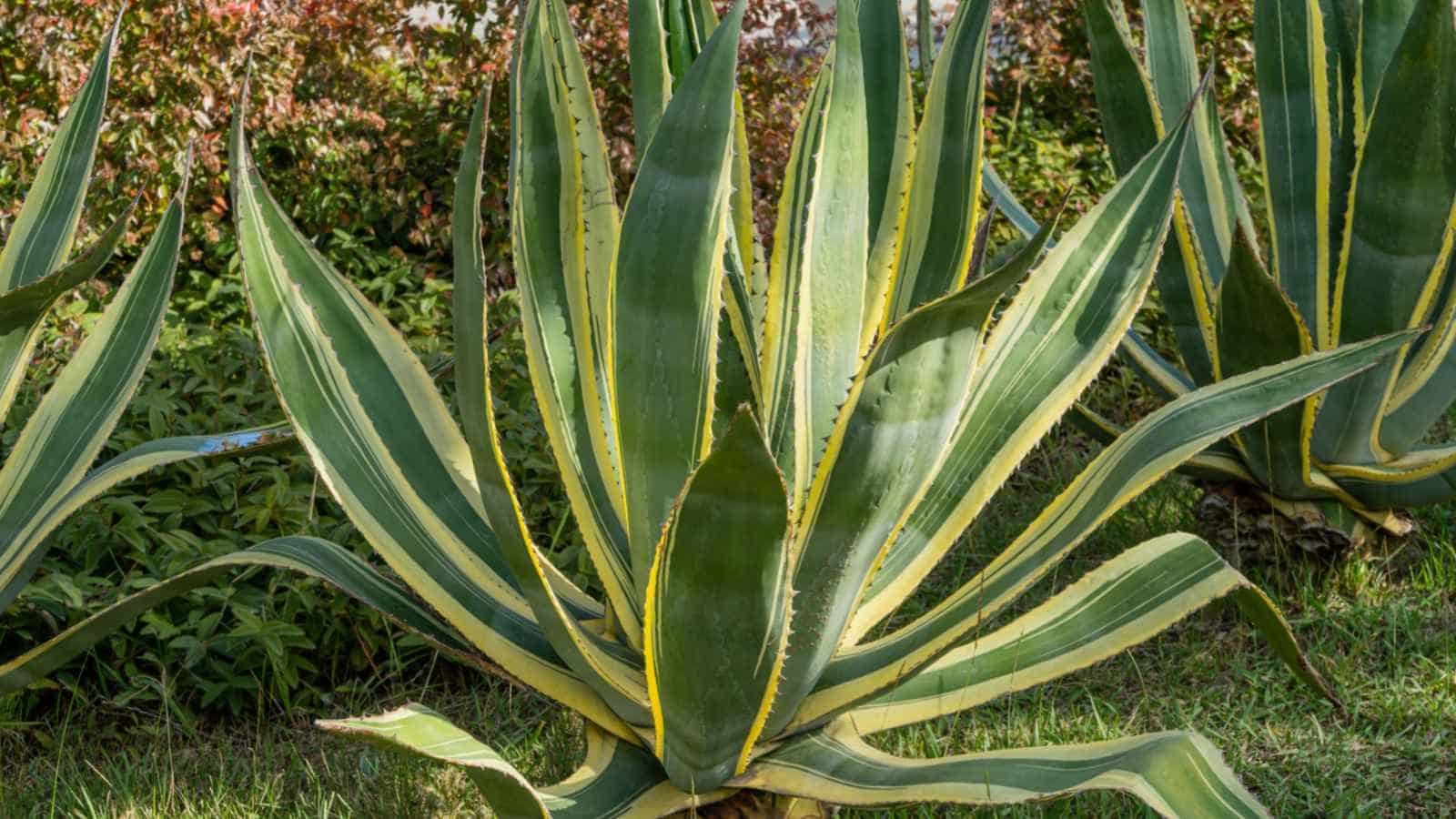
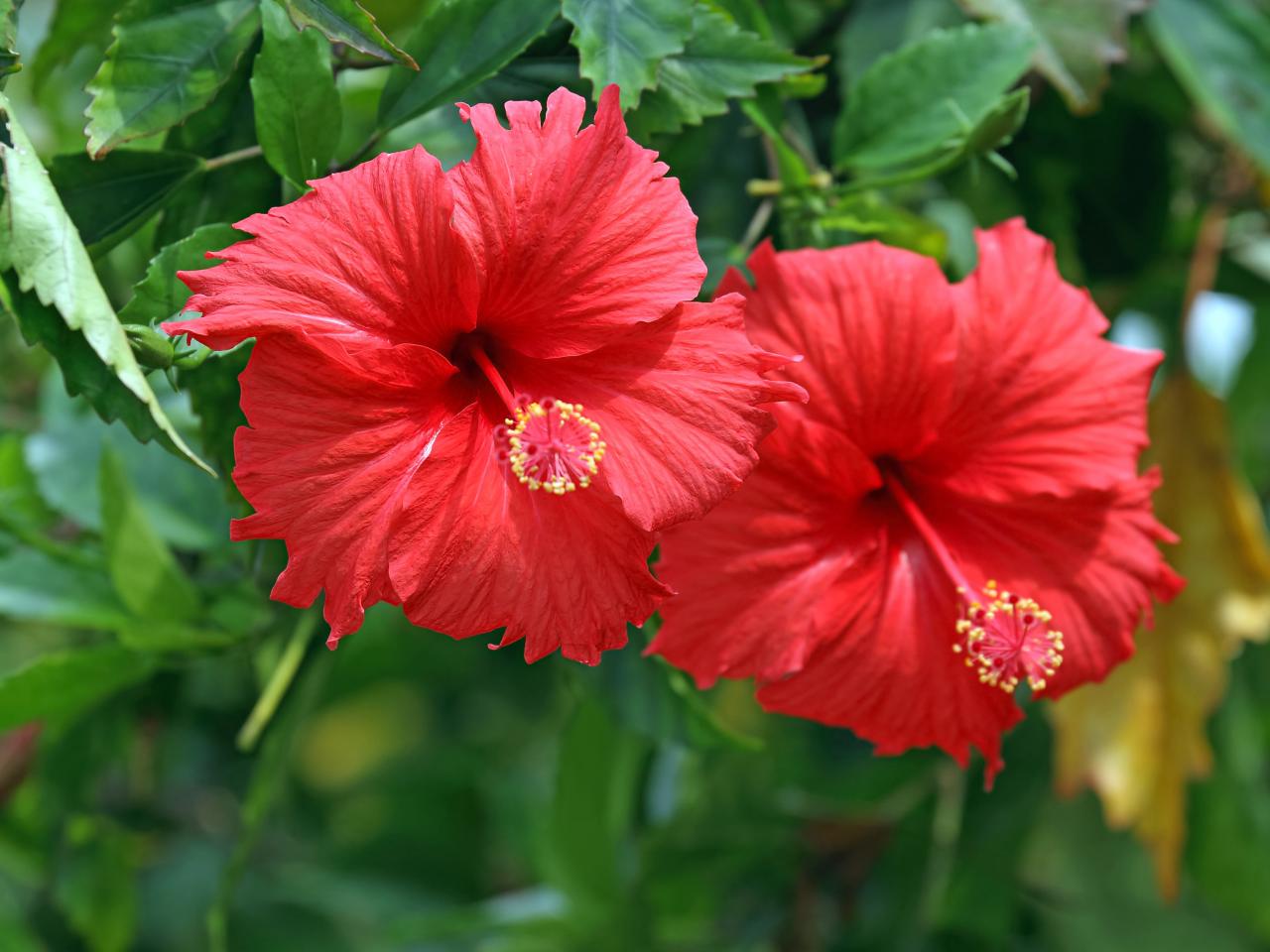
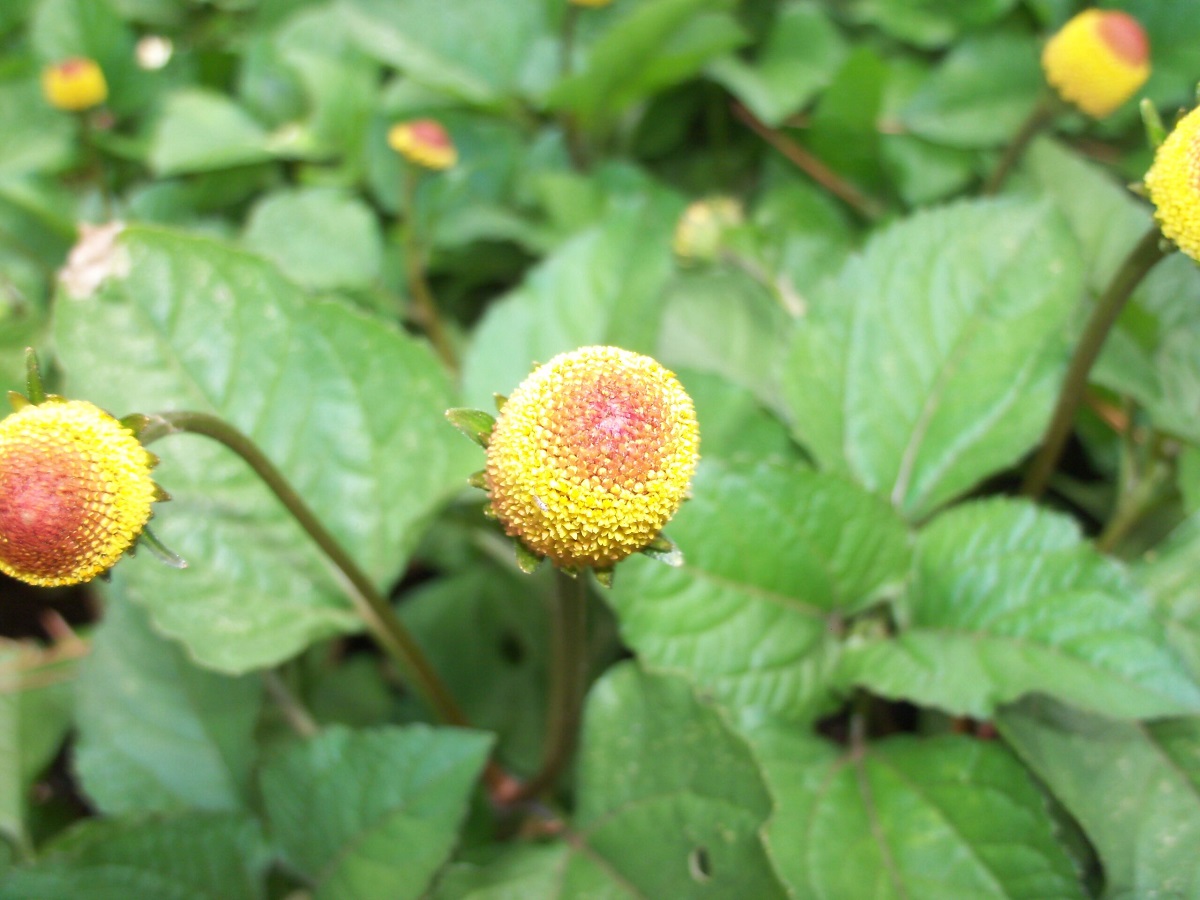
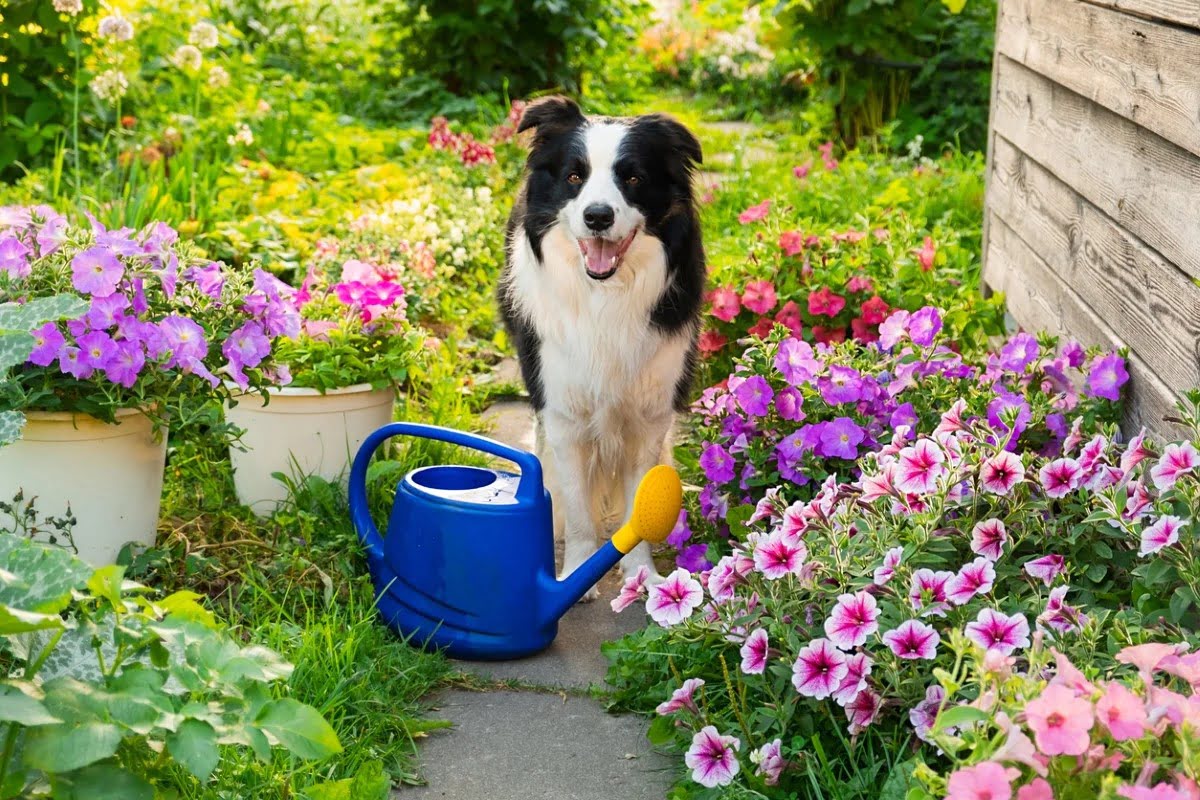
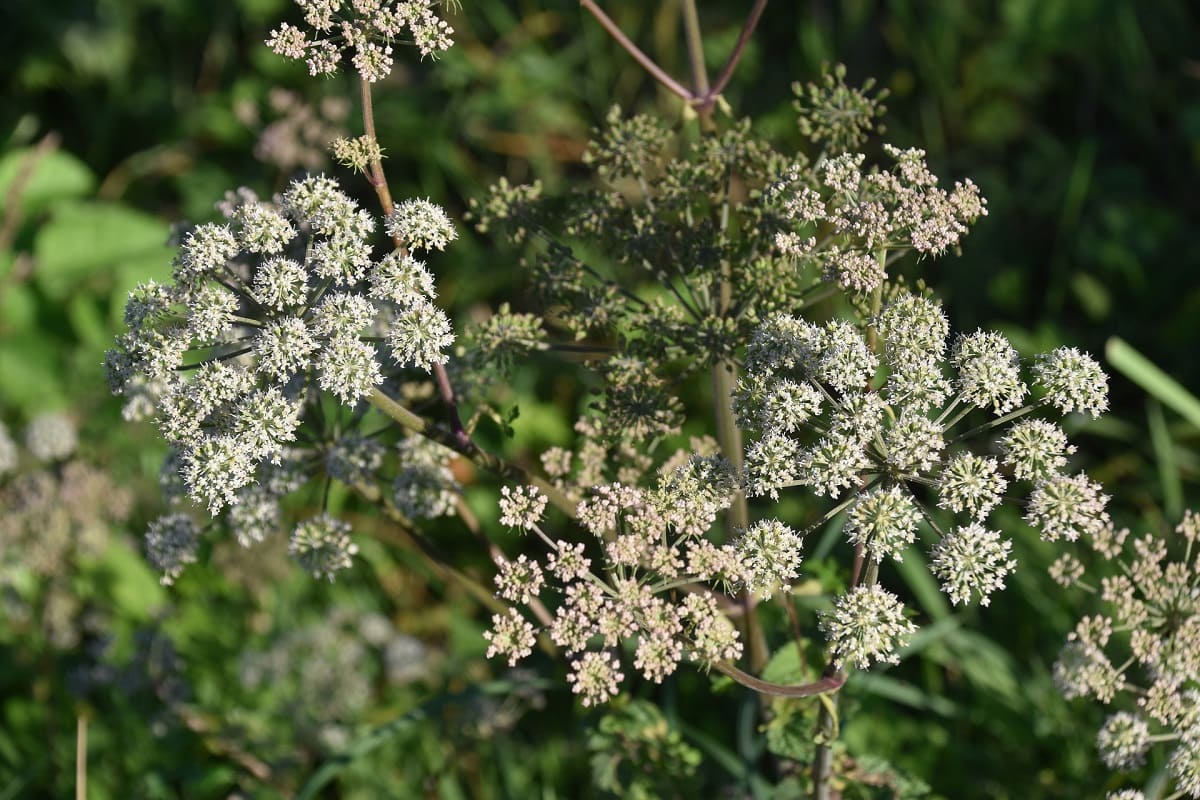
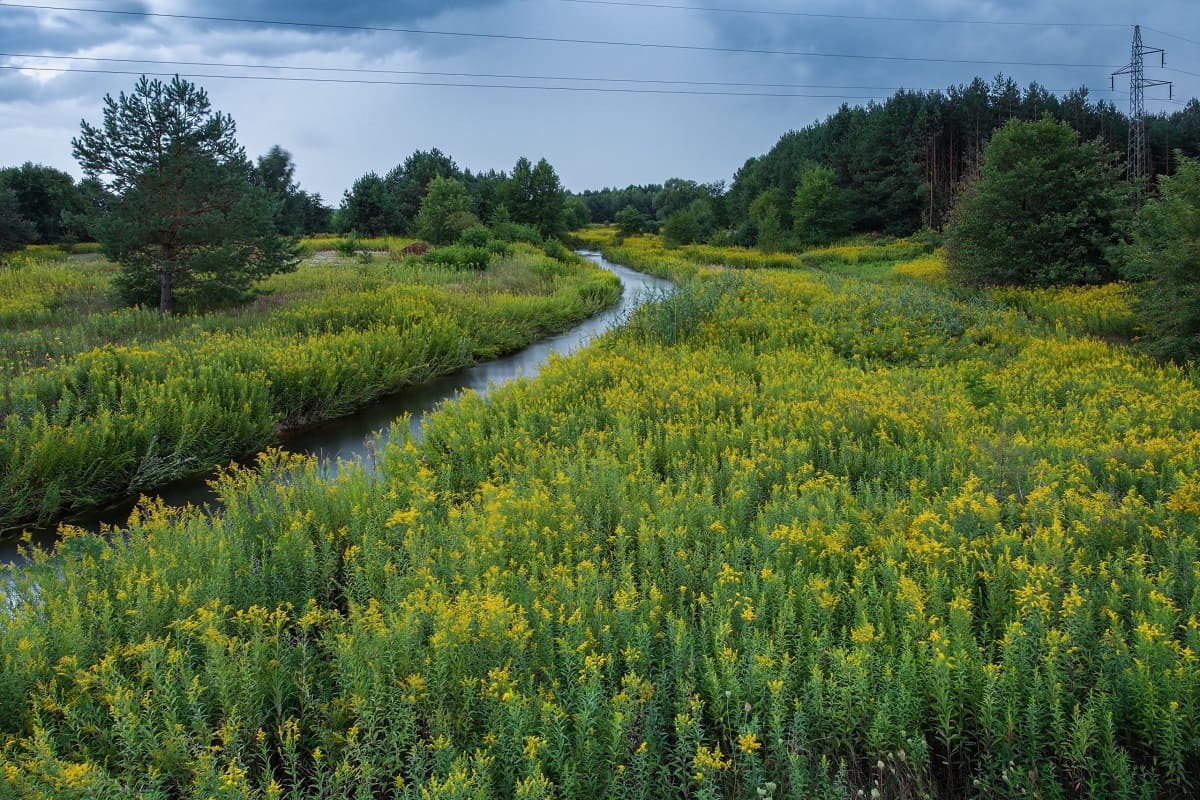
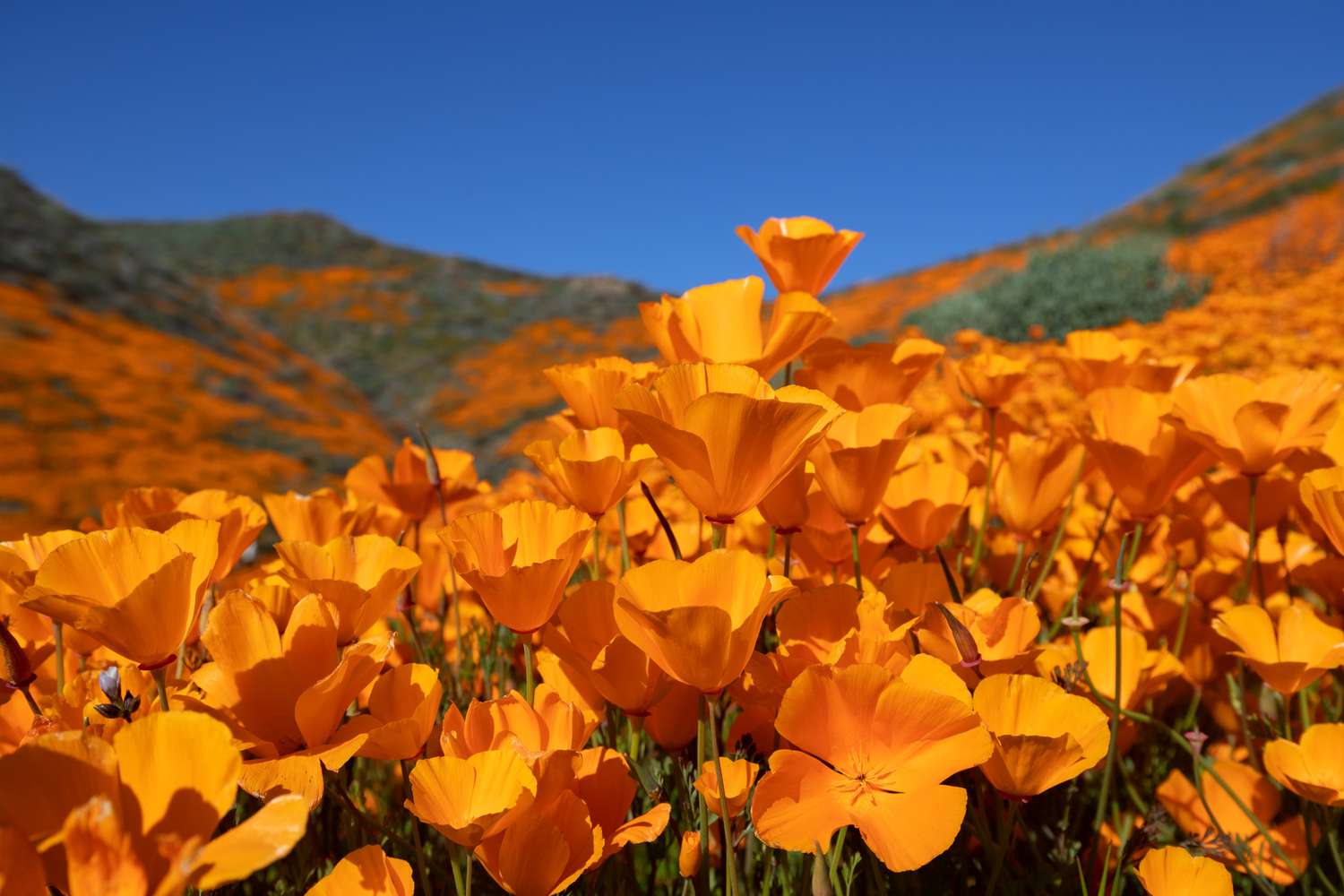

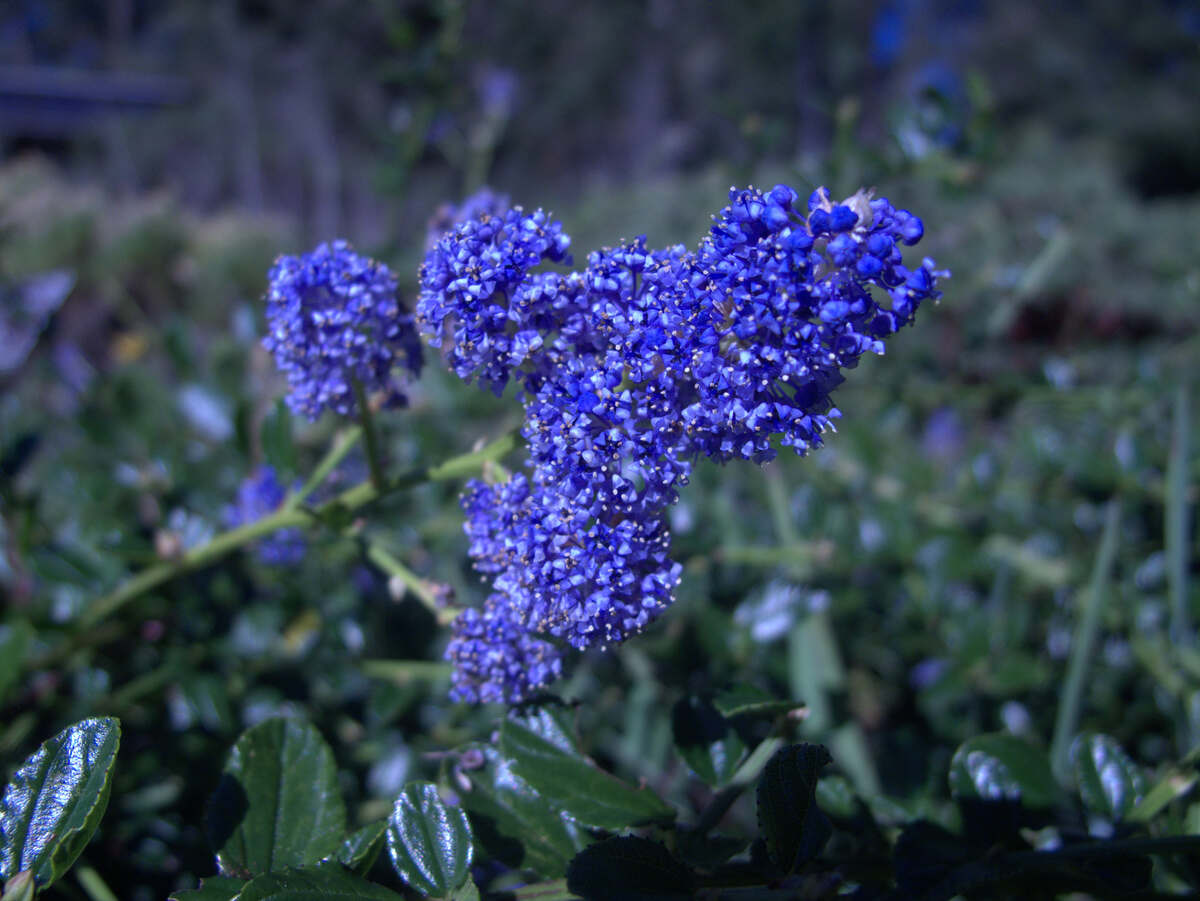
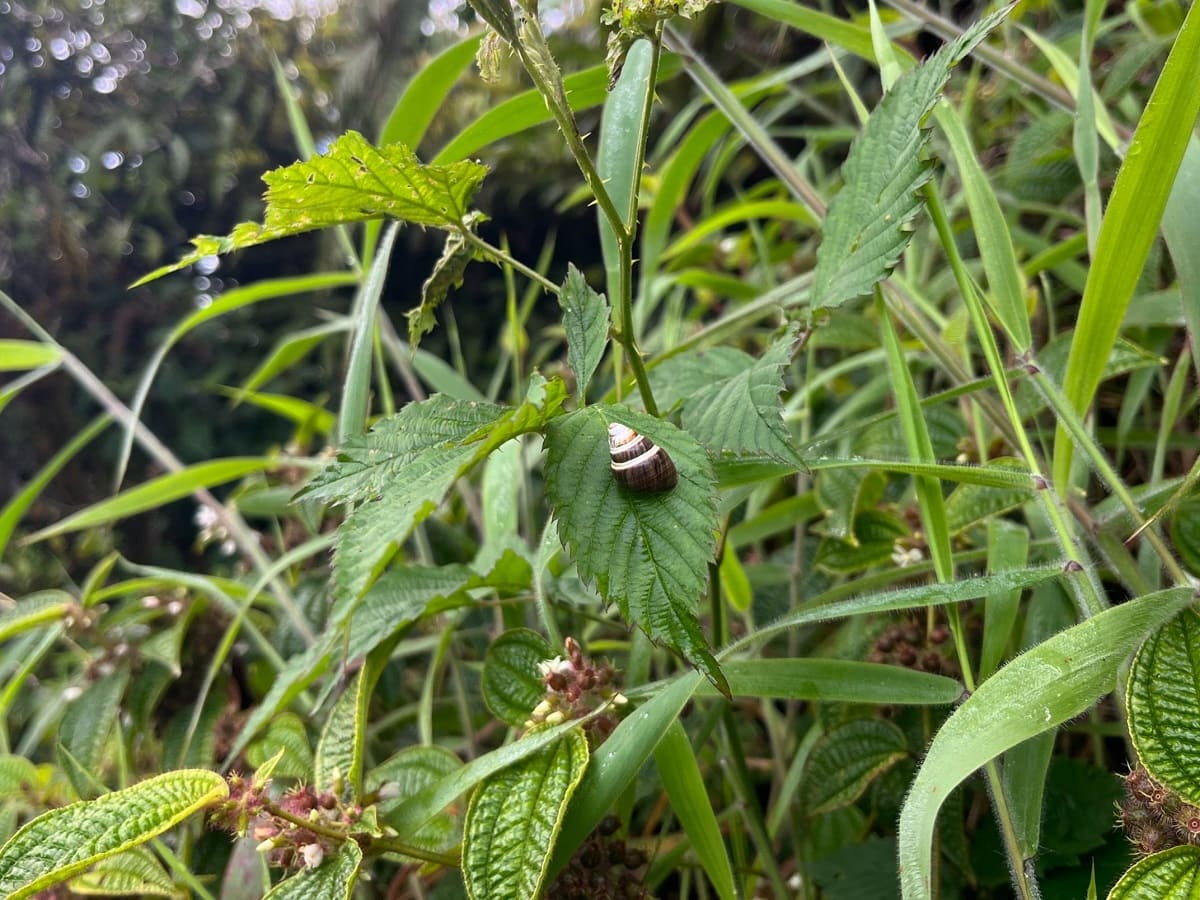
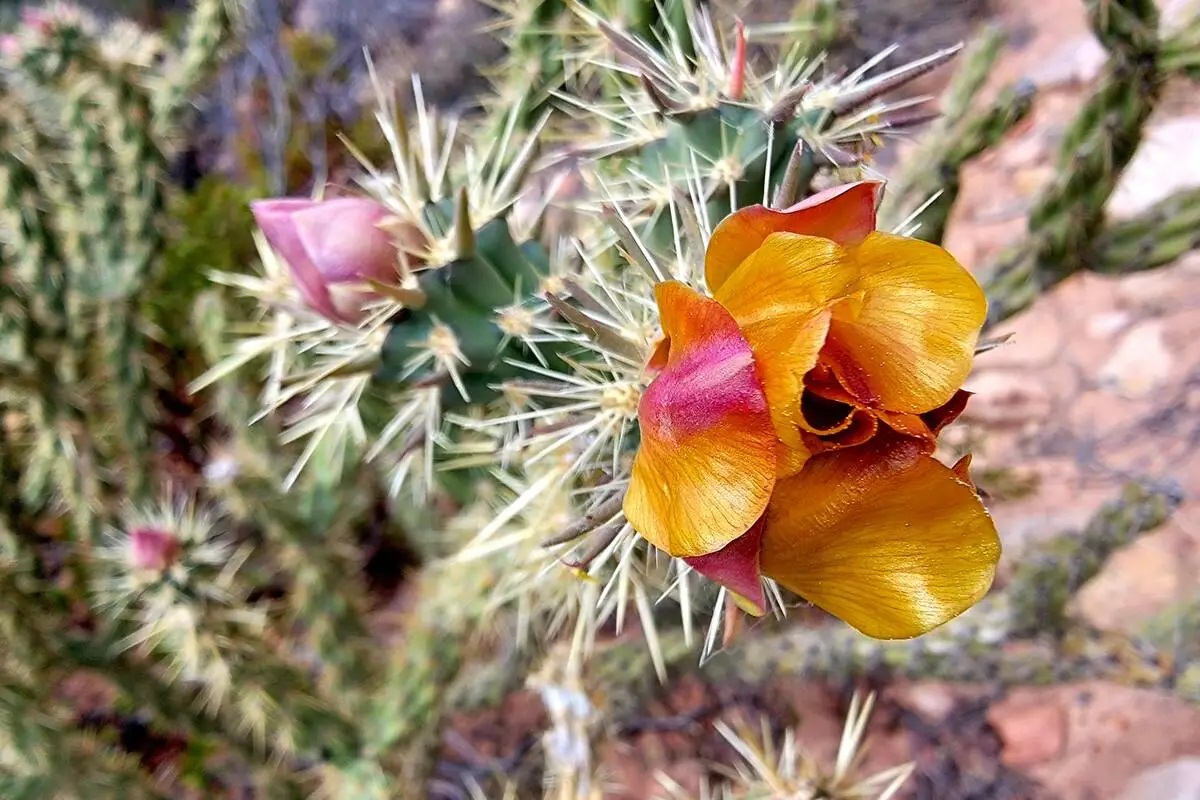
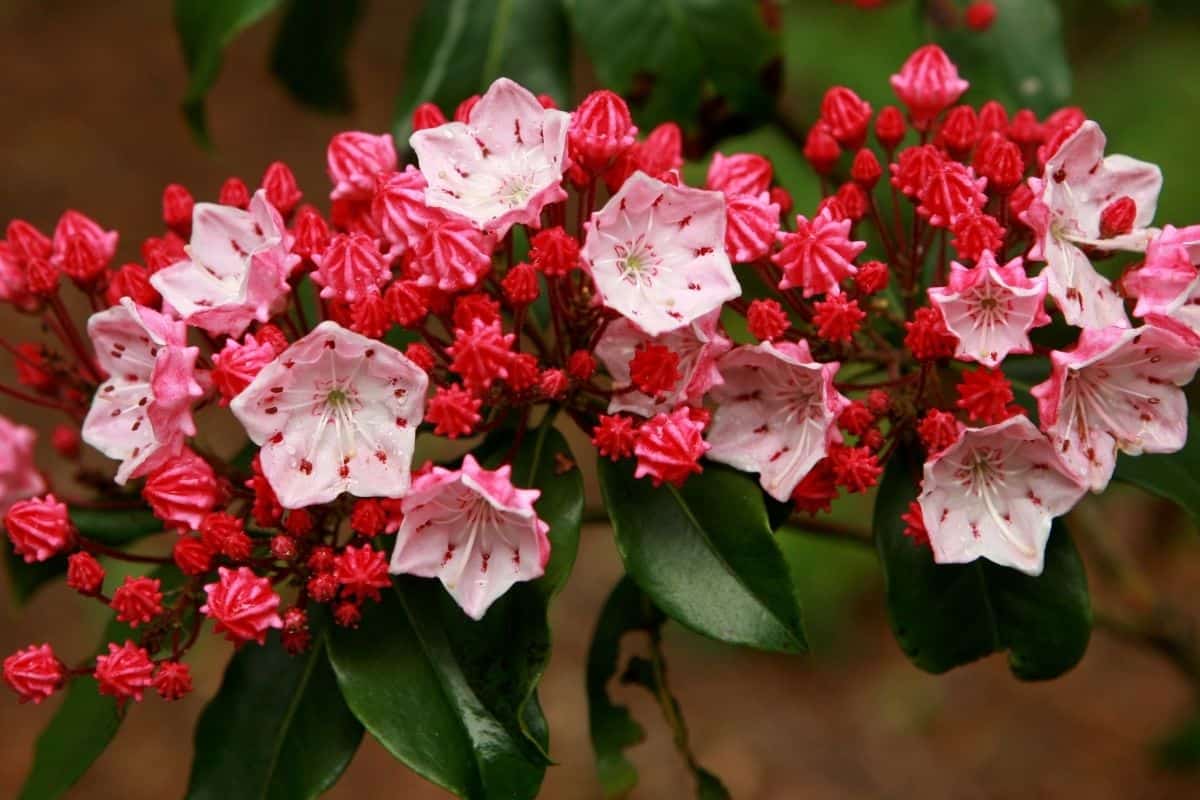
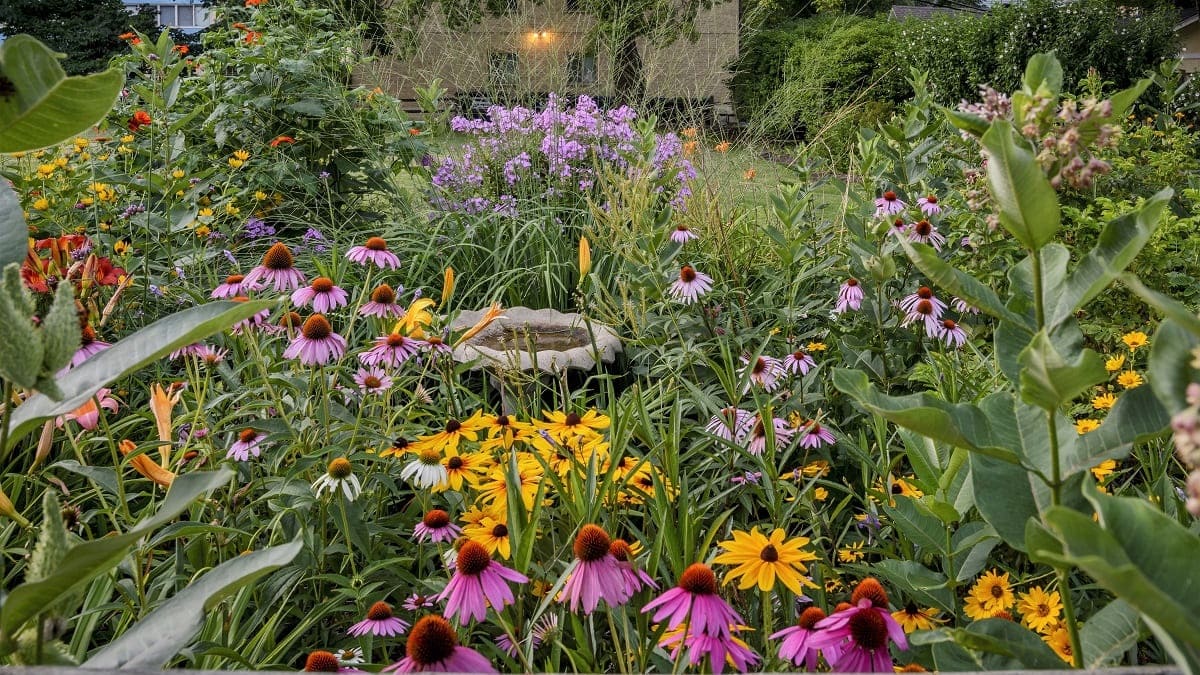
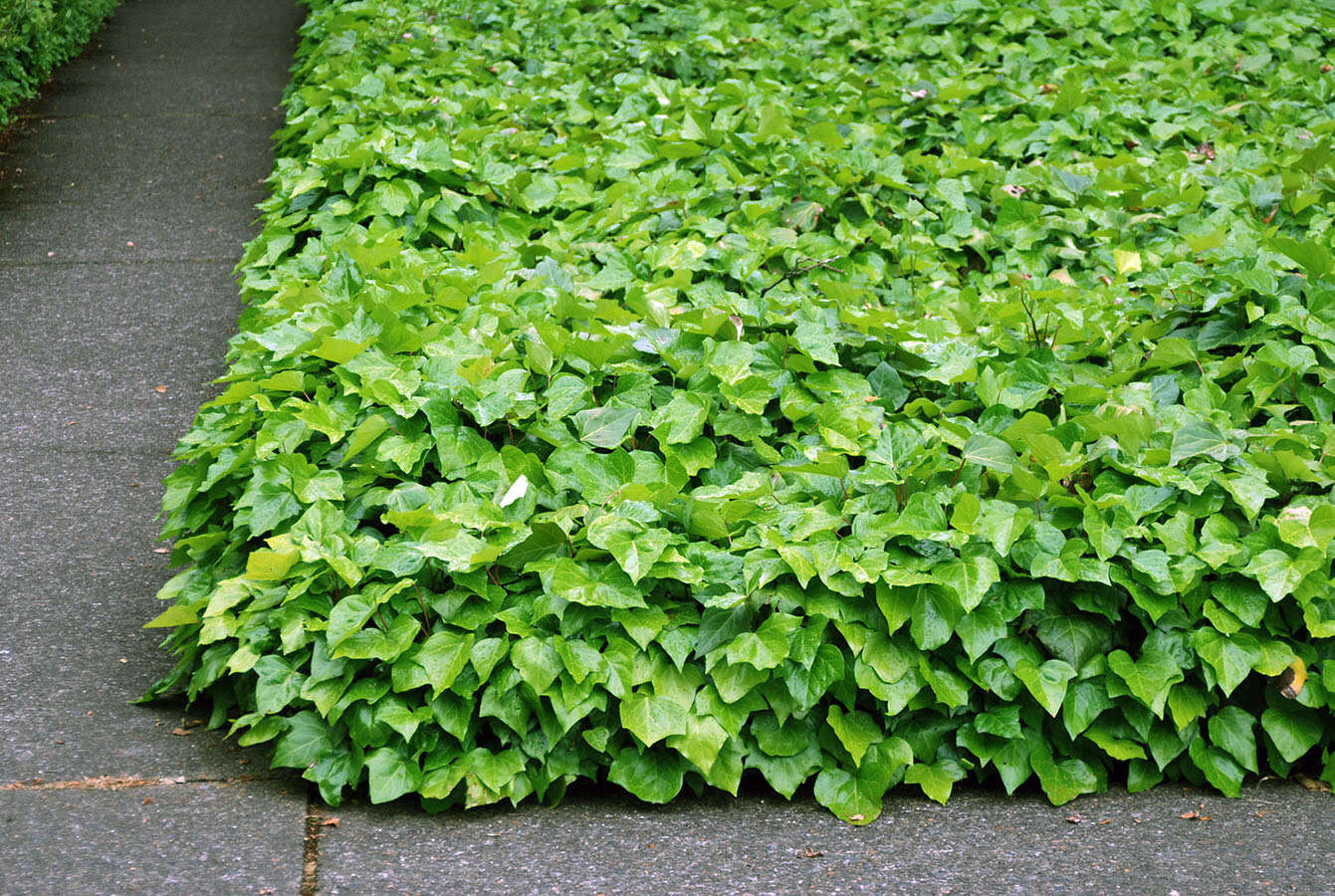

0 thoughts on “What Plant Did Native Americans Use To Heal Poison Ivy?”